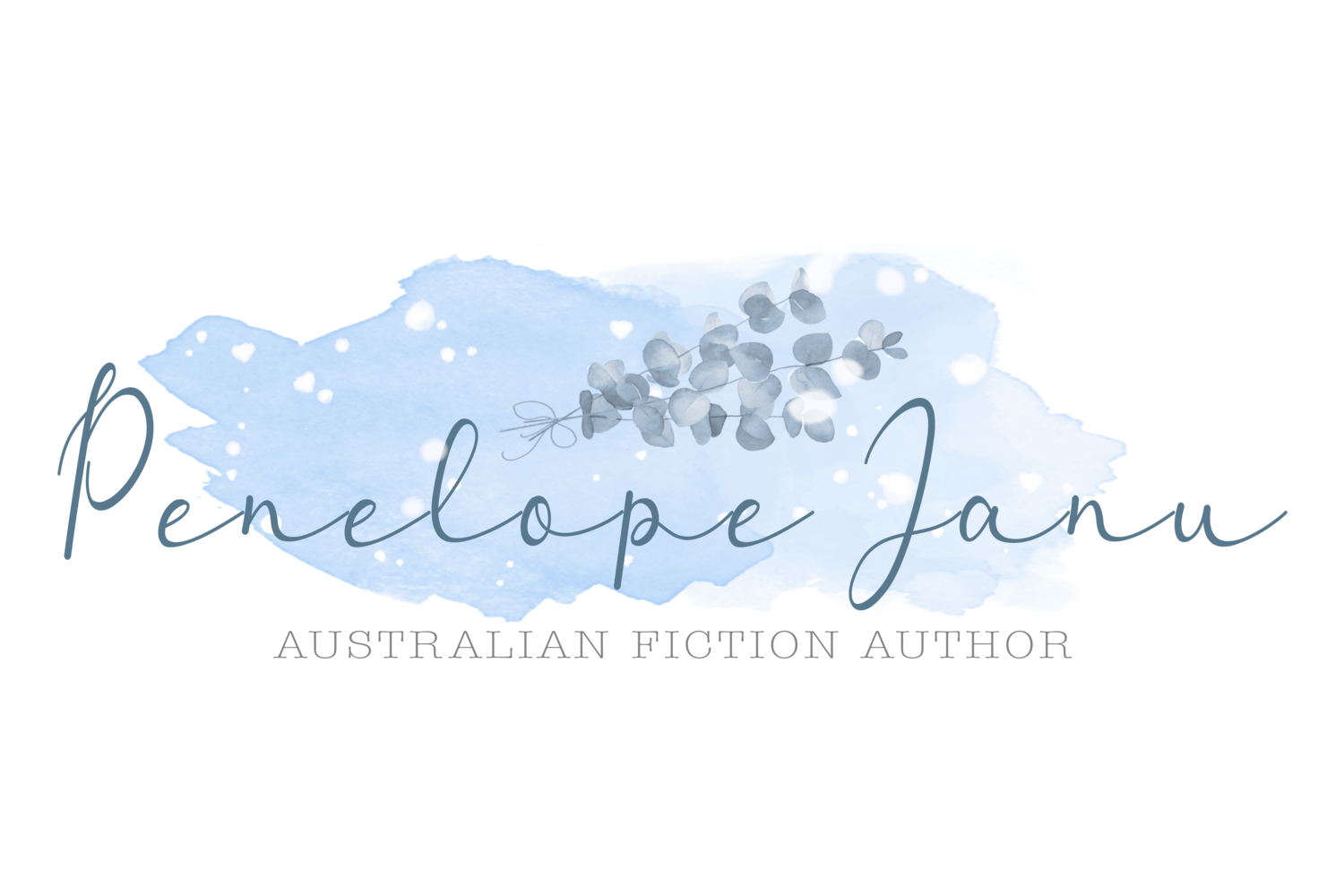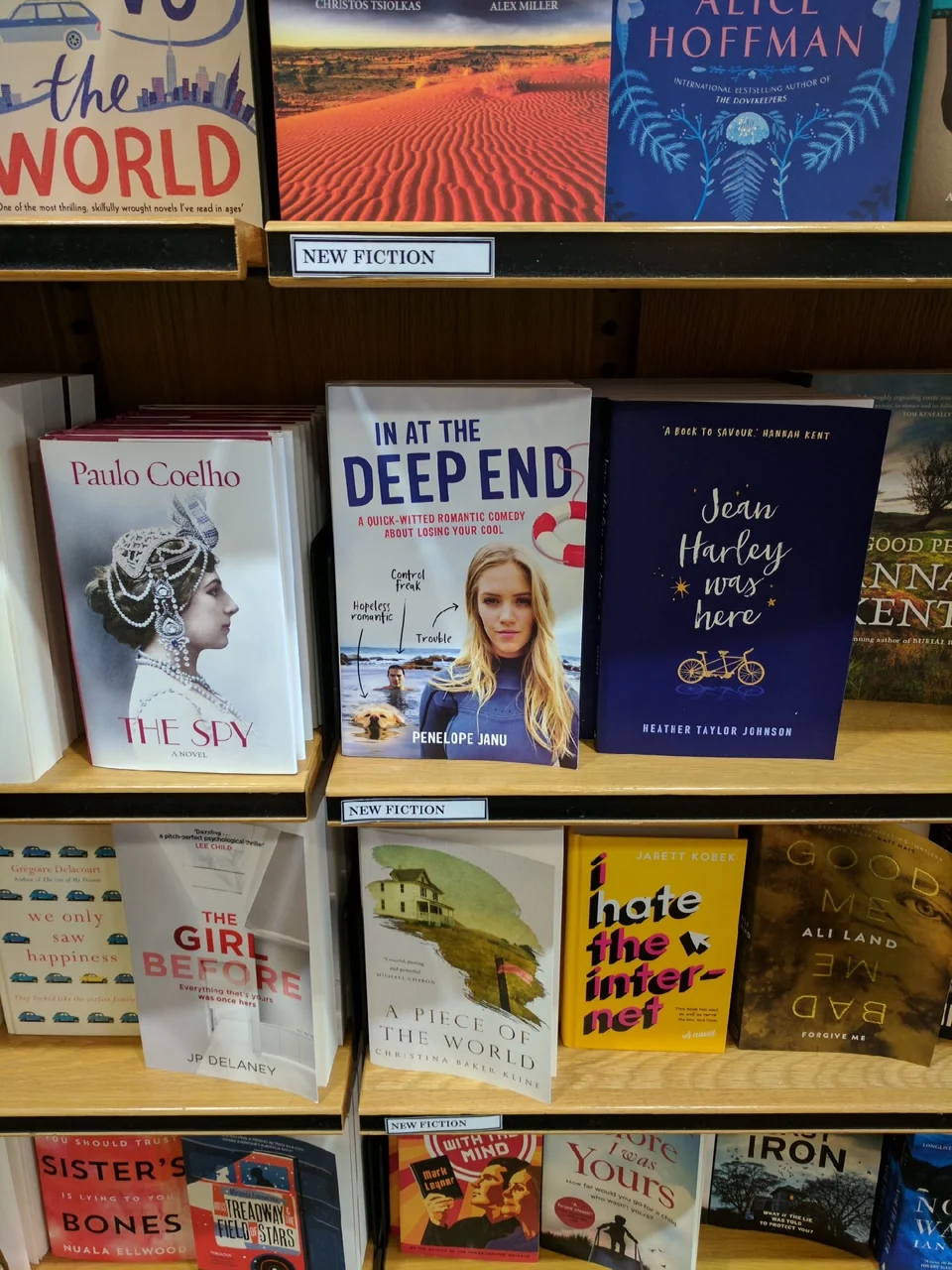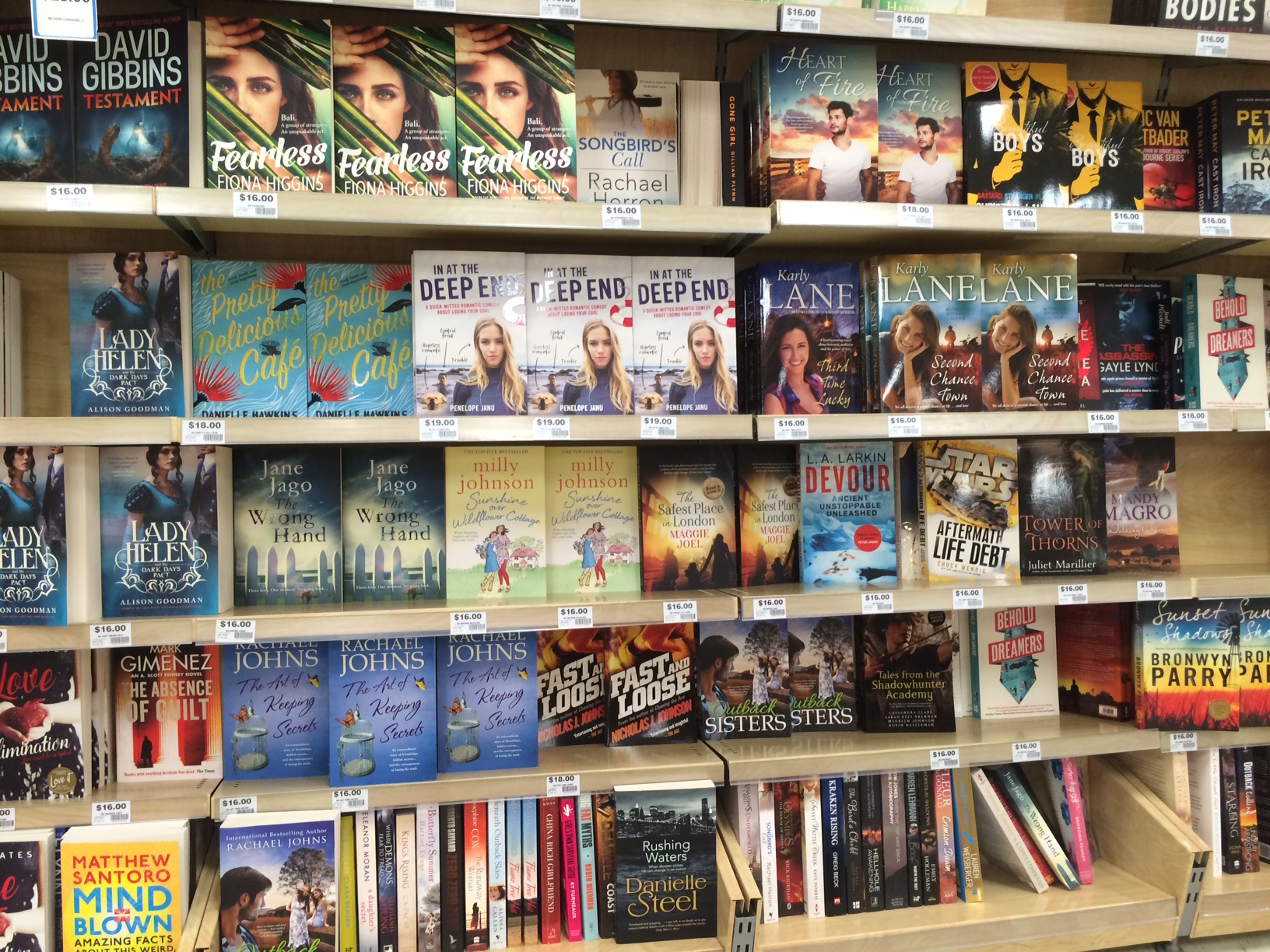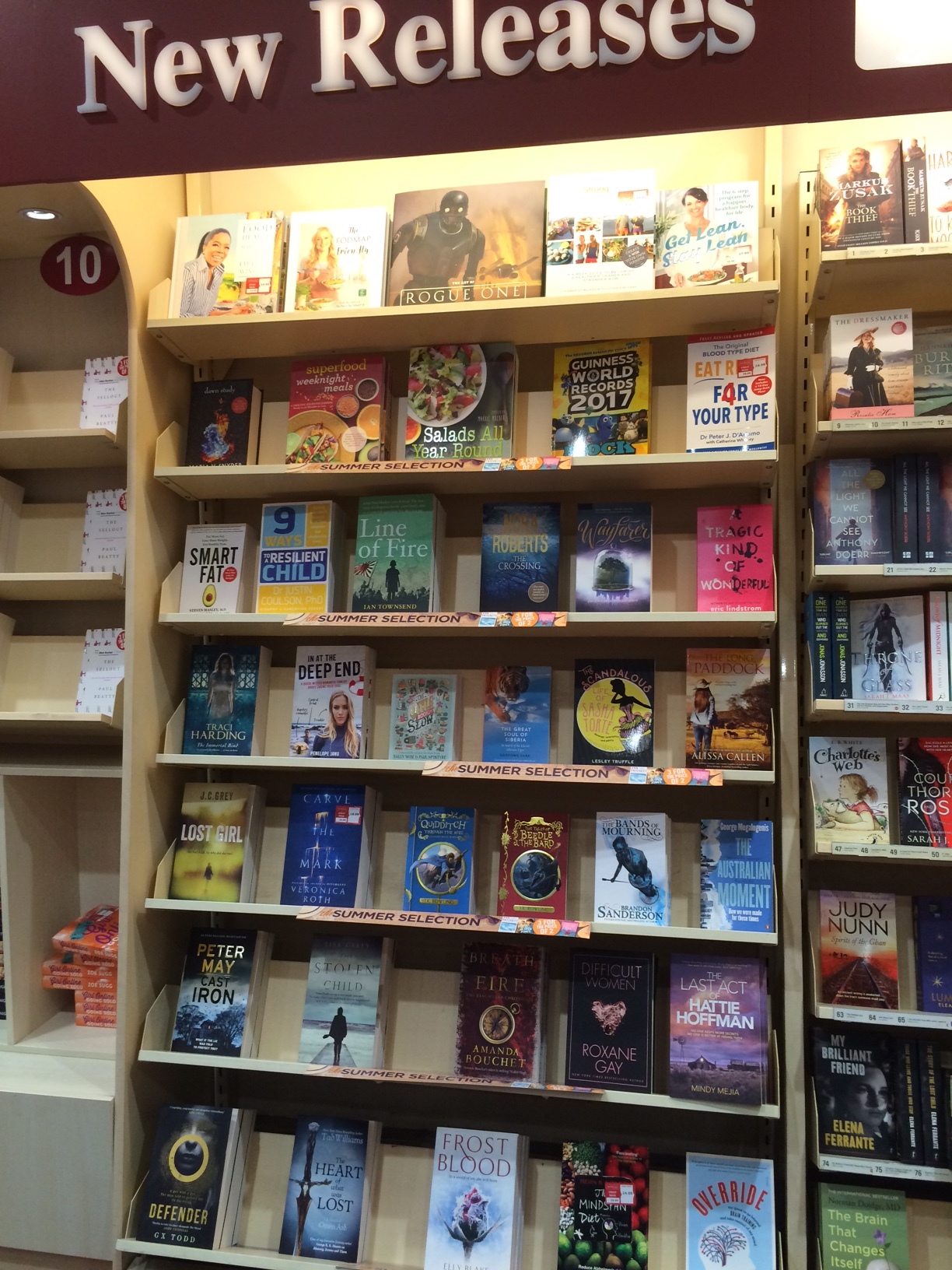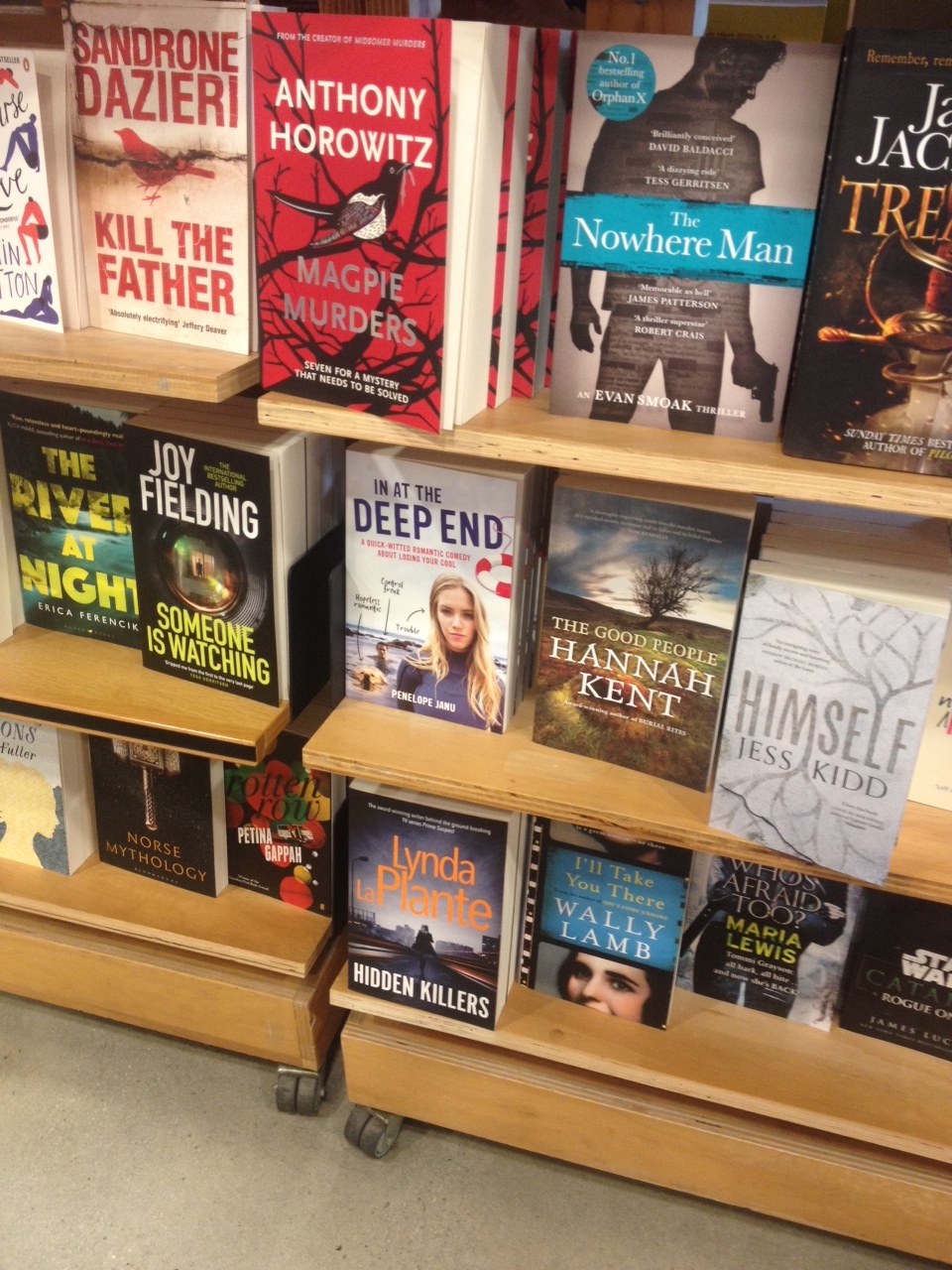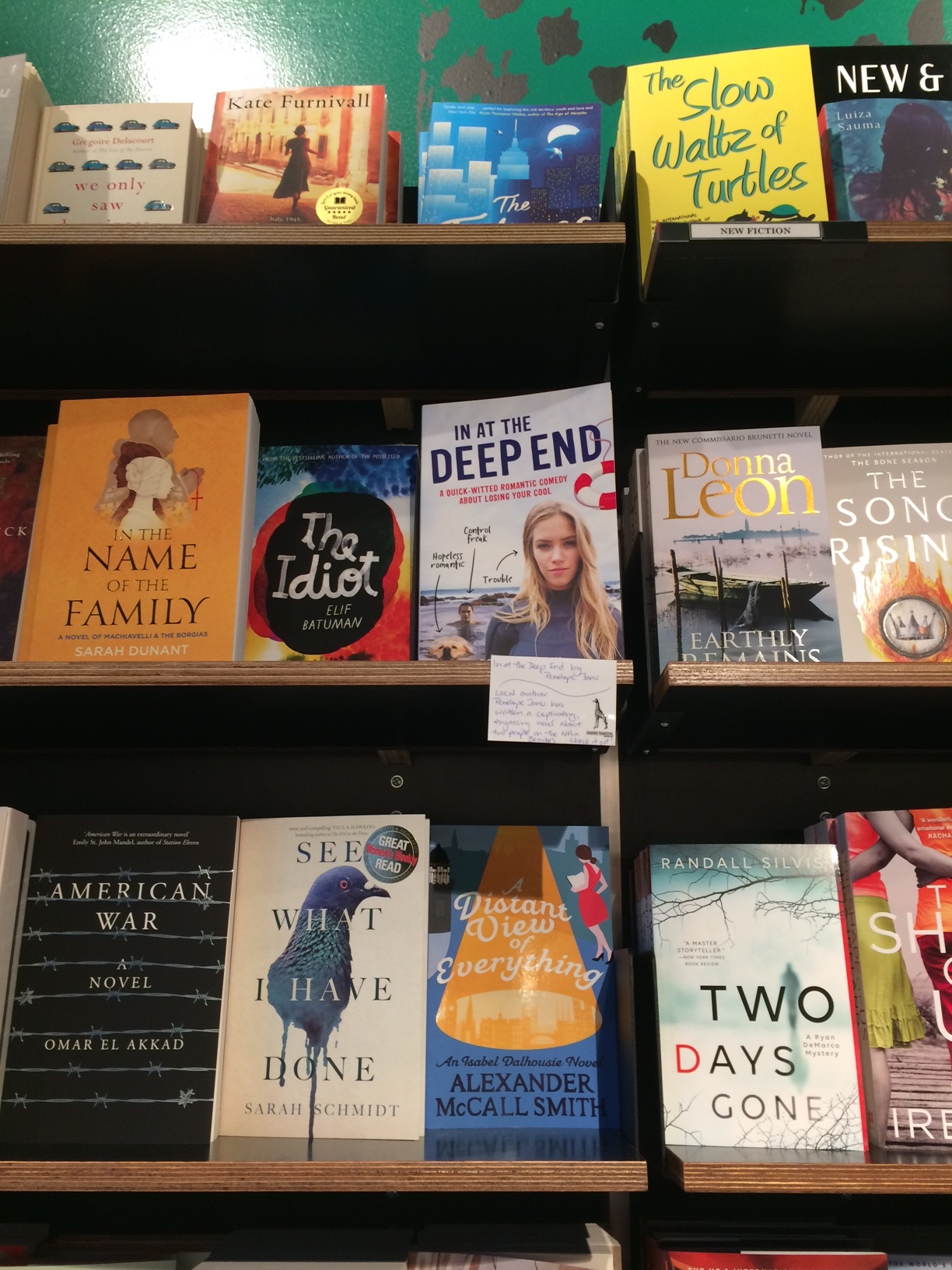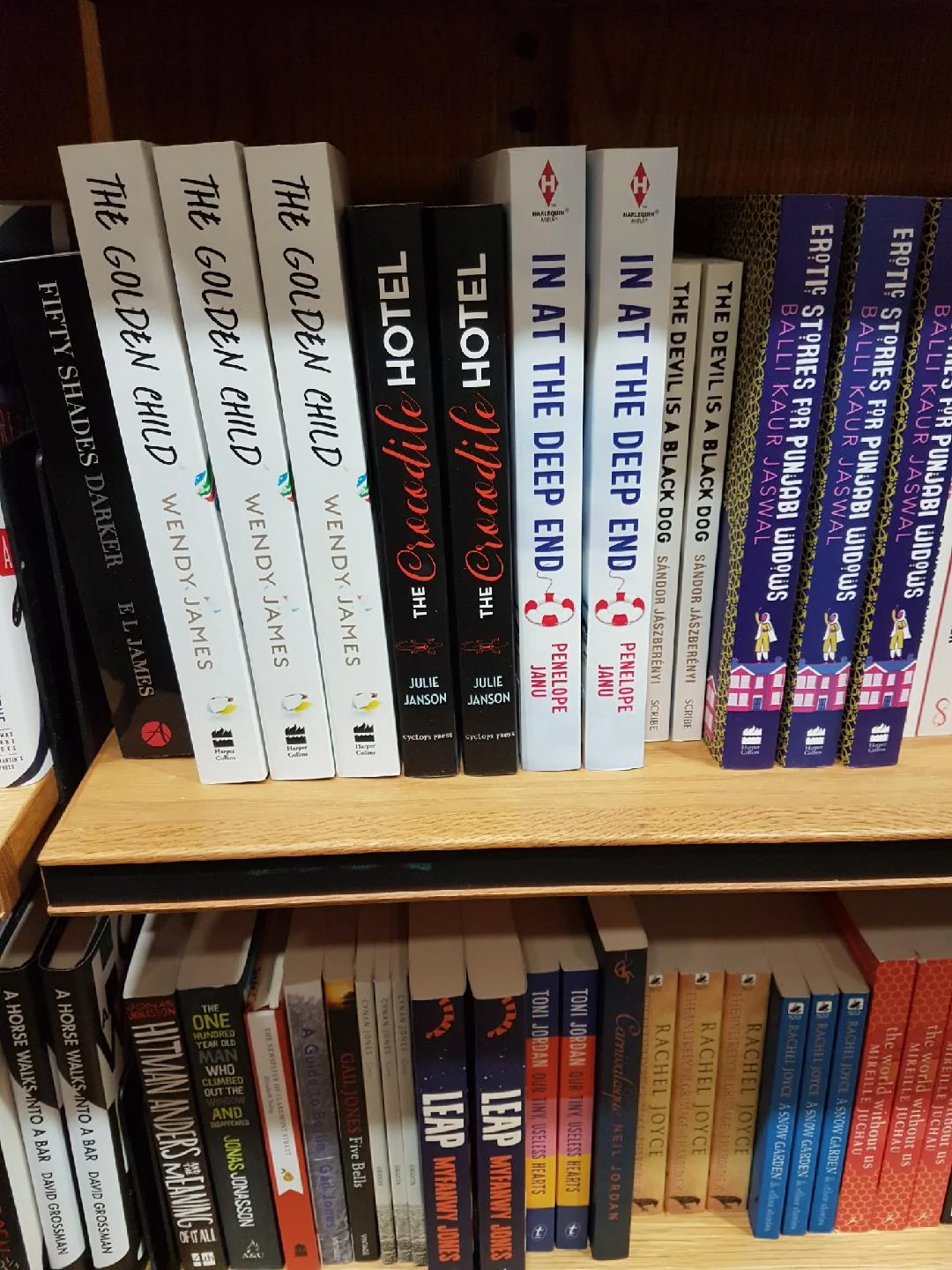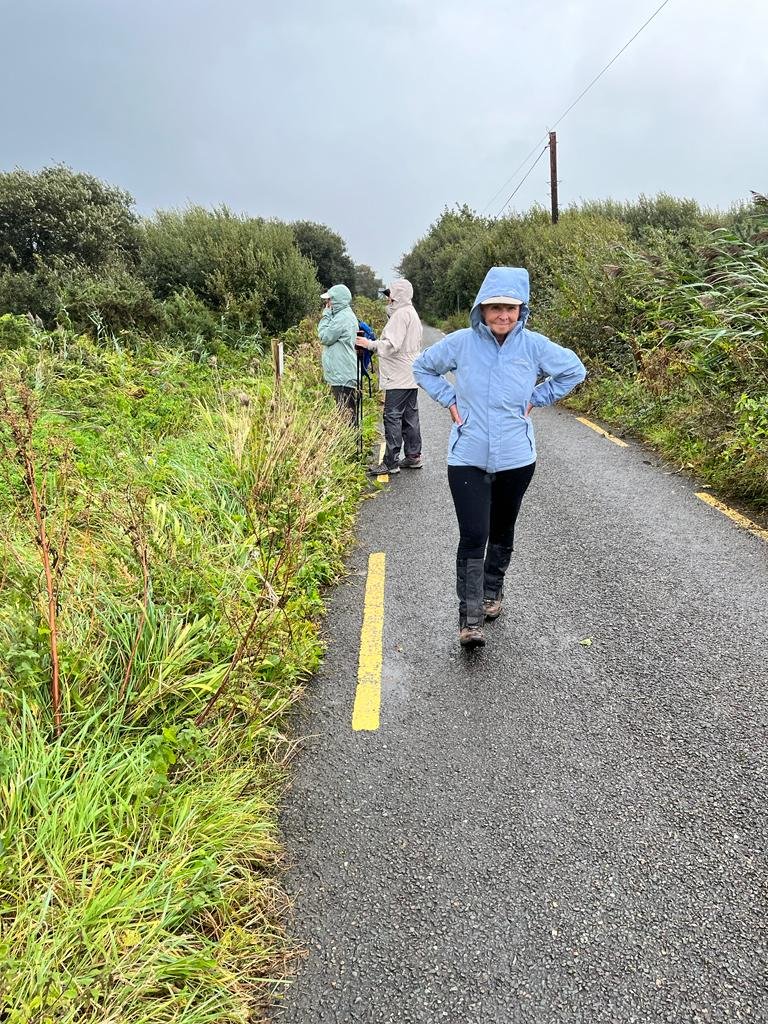For the April edition of the RWA HeartsTalk magazine, I wrote about family, or domestic violence.
Family violence is known legally, and in the community, by many different names—domestic violence, relationship violence, intimate partner violence, and child abuse. Let’s look at a scenario that might come up in our writing lives, and consider the legal definitions.
Jane and John have been married for 12 years. They have a mortgaged home and two young children. Over a three-year period, the following events occur:
· Jane is keen to return to work. When she tells John she has a casual job, he states she already has a job—caring for the children. Not wanting to argue with him, she resigns.
· John locks Jane out of the house for an hour to ‘teach her a lesson’ because she forgot to lock the front door when she took the children to school.
· John refuses to speak to Jane for two days after she forgets to pay the gas bill.
· John tells Jane they are on a tight budget, so she has to give him receipts for all household expenditure. When he doesn’t approve of something she’s spent money on, he mocks her in front of the children.
· John initiates sex and Jane says no. John gets out of bed, gathers together Jane’s makeup and perfumes, and throws them away.
An important point to note is that family violence isn’t limited to physical violence. It is a pattern of abusive behaviour used within a family to control and dominate. This includes coercion and intimidation. It is ongoing behaviour that can undermine the victim’s confidence, and ability to leave the perpetrator. There is often an escalation of violence over time.
Each State and Territory has legislation relating to family violence (with different names and terminology—if you need help with the jurisdiction you are writing about, send me an email and I’ll give you a link). I’ll use the Victorian Family Violence Protection Act 2008 to illustrate my points. You can find this Act at http://www.austlii.edu.au/au/legis/vic/consol_act/fvpa2008283/s11.html.
The Family Violence Protection Act recognises emotional, financial, sexual or social abuse as family violence. It also includes, as family violence, behaviour that forces a child to hear, witness or otherwise be exposed to violence after the violence has occurred (for example, seeing broken crockery, or hearing a mother crying).
Jane has been subjected to various forms of family violence, and would be entitled to protection by the law, and support agencies.
Here is another scenario. Mike and Mary have lived together for over two years. The following events occur:
· Mike and Mary are drinking heavily, and argue. Mike pushes Mary and she falls, bruising her hip. Neighbours hear Mary crying and alert police, but Mary sends them away.
· On a weekend away with a group of friends, Mike hugs Mary and tells her if she ever leaves him, he’ll track her down because they’re meant to be together.
· During an argument, Mike shuts Mary’s fingers in a drawer. Neighbours hear screams and call the police again.
Threats of violence, physical violence, sexual assault, and stalking, are illegal. Every person has a right to live free from abuse, and a right to legal protection. Under the Family Violence Protection Act there are various courses of action the police can take.
· Criminal options. If the police conclude a crime has been committed, they can investigate and charge Mike (even if Mary refuses to make a statement). Mike could be arrested and held by police.
· Civil options. Police can issue a Family Violence Safety Notice to protect Mary. The notice would prevent Mike from contacting Mary for a set period of time (usually 2 – 4 days) but the notice could be extended. Another civil option, which can be initiated by the police or Mary (and would be the most likely option for Jane in the first example), is an intervention order. This order can apply if violent incidents have happened in the past, and are likely to happen again. The order could prevent Mike from contacting Mary, or allow contact but without violence. If Mike breaches a notice or order, this would be a criminal offence and the police could charge him.
There are organisations in each State and Territory that support vulnerable people (usually women) suffering physical and emotional abuse. These organisations are often an excellent starting point for information and assistance.
